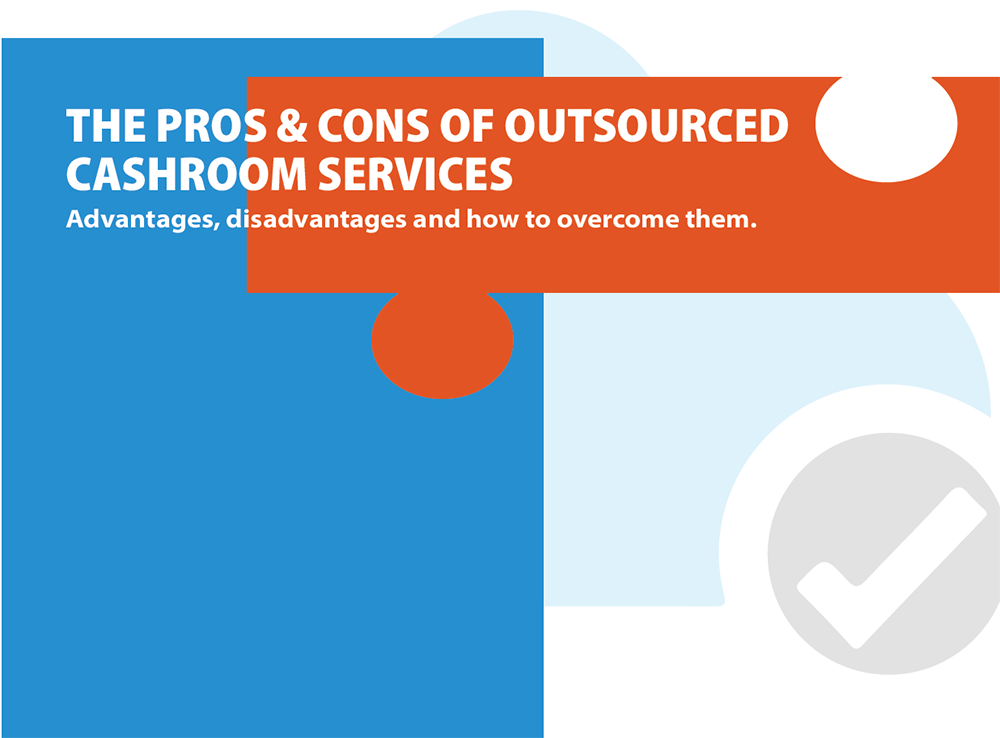Why Smart Firms Are Ditching Cashiering Portals
Portal-based cashiering may seem efficient, but it creates duplication, delays, and compliance risks. This post explains why forward-thinking law firms are ditching portals in favour of integrated, real-time solutions that improve accuracy, speed up processes, and protect reputation.
Your fee earner enters transaction details into your case management system. Then your secretary opens a separate portal and retypes the same information. Later, an outsourced cashier manually enters it again into your accounts system. Three touchpoints. Three chances for errors. Three opportunities for compliance breaches.
This is the hidden reality of portal-based legal cashiering. What looks streamlined on paper creates fragmentation in practice.
The Duplication Trap:
Every duplicated step adds risk. When firms use multiple systems, re-entering data causes errors, breaks audit trails, and raises compliance risks.
For example, a firm handling a property transaction had the billing amount mistyped higher by a secretary into a cashiering portal. The incorrect transaction was processed and updated in the case management system 24 hours later. The client noticed the error, but by then client account rules were breached, ledgers were inaccurate, and cashflow was disrupted.
This wasn’t incompetence, it was a risk created by unnecessary data duplication.
Why Better Processes Won’t Fix This:
Managing partners often think tighter processes and double-checking will solve duplication problems. But you’re building risk into your system by design. Processes only work when people follow them consistently. In busy law firms, deadlines loom. Completions arrive in waves. Staff get sick. That “double-check everything” step gets skipped.
Why build a workflow that needs double-checking to be safe when you could have a workflow that’s inherently safer from the start?
What True Integration Looks Like:
Portal-based cashiering forces you to duplicate work, rely on catching errors, introduce delays, and disconnect from real-time visibility. Integrated cashiering works differently. You generate bills and initiate transactions as normal. Your cashiering provider logs directly into your accounts system as a trusted extension of your team. They enter and process everything at the source, in real time, using your live data.
You get full visibility, no duplicate entries, no delays, no second systems.
The difference is having someone in the room with you entering correct figures when you need them, versus sending a courier with a note and hoping it’s copied correctly.
The Strategic Value of Real-Time Visibility:
Real-time visibility means immediate, accurate insight into your “true financial position” at any time. This changes three fundamental aspects of your business.
Better decision-making. With real-time data, you know exactly what’s in the client account, what fees have been taken, and what’s due in or out today. Partners can make faster, more confident decisions about taking on new matters, chasing payments, or releasing funds.
Stronger compliance. Regulators care about what actually happened, not what you meant to happen. Real-time visibility means no blind spots in the ledger, easier audits, and fewer reconciliation surprises.
Improved cashflow control. You can monitor work-in-progress and outstanding balances, spot billing bottlenecks, and predict cashflow with confidence.
Real-time visibility gives you control.
In law firms, control protects your reputation, compliance standing, and bottom line.
How to Evaluate Cashiering Providers:
Everyone claims to be integrated these days. Here’s how to separate truly embedded solutions from those working around the edges.
Ask: “Do you post directly into our live accounts system?”
Look for a clear yes, not “we access your reports” or “we use an upload tool.”
Ask: “Will your team log in using our firm’s systems and protocols?”
True integration means secure, firm-authorised access to work within your infrastructure.
Ask: “Will we need to rekey or submit instructions through a portal?”
If you have to submit payment requests via web forms outside your case management system, that’s a red flag.
Ask: “How do you handle urgent transactions?”
Delays often hide until something time-sensitive happens. Can they process urgent matters immediately in your system without extra forms or portal queues?
Ask: “Who actually does the work, and can we speak to them directly?”
You want named, qualified individuals, not faceless teams working ticketed requests.
If their main selling point is a dashboard or portal, that’s often code for working parallel to your real system, not within it.
Why Integration Becomes Essential:
The legal technology market is projected to reach £34 billion by 2030, driven by increasing regulatory compliance demands. Legal tech is moving toward full integration. Case management, billing, compliance, and reporting are increasingly interconnected. Future AI-powered tools for cashflow forecasting and residual balance detection will rely on real-time, accurate data.
If your cashiering lives in a portal instead of your live system, your data stays out of sync. That breaks the automation chain and makes advanced tools impossible to implement effectively.
Clients expect faster turnarounds and clearer reporting. Portal-based delays and errors create friction. Integrated cashiering enables instant updates, faster completions, and clear audit trails.
The next generation of legal professionals expects systems that talk to each other, no duplicated effort, and no extra logins. Over 70% of legal firms now use cloud solutions, with AI accelerating the need for integrated workflows.
The Real Risk:
The greatest risk isn’t changing your cashiering process. It’s not changing it.
Portal-based cashiering might feel safe because it’s familiar. But it quietly exposes your firm to errors, delays, compliance breaches, and inefficiencies that cost time, money, and reputation.
Clients, regulators, and competitors are raising the bar.
If your cashiering isn’t fully integrated, real-time, and embedded in your core systems, you’re building barriers to growth while exposing yourself to unnecessary risk.
Ditch the portals. Cut errors, boost speed, stay compliant with cashiering done right, in real time!
Integrated cashiering represents a cornerstone of resilient, future-ready law firms. Firms that embrace this now position themselves to deliver faster client service, navigate compliance confidently, empower teams with streamlined workflows, and unlock data insights that fuel smarter business decisions.
That foundation separates firms that thrive from those that struggle to keep up.


